Makalu Expedition – Mount Makalu stands at an elevation of 8,485 meters/ 27,838 feet. A renowned peak perched in the Mahalangur Himalayas, approximately 19 kilometers southeast of Mount Everest. The mountain straddles the border of Nepal and China and is one of the eight-thousands. The Makalu peak boasts a distinct, pyramid-shaped peak and is known for its rugged beauty.
Makalu Expedition offers two main climbing routes, the Southeast Ridge and the Northwest Ridge. With an average climbing duration of 54 days, the peak is accessible to climbers during both the spring and autumn seasons. The climb up Makalu is both challenging and exhilarating. Offering an ideal adventure for both seasoned and novice climbers seeking to conquer their first 8,000-meter peak.
Makalu Expedition begins with a flight from Kathmandu to Tumlingtar. Then continues through a series of stunning landscapes, including valleys, forests, and snow-capped peaks. Eventually reaching the base camp at an elevation of 4,870 meters. The trek not only provides ample opportunities for acclimatization. But also offers a glimpse into the rich diversity of flora and fauna. As well as the unique culture of the ethnic communities of inhabiting the region. From the Base camp climbers will head on various basic to advance training before summiting the peak.
The Alpine Club of Himalaya, takes a cautious approach to acclimatization, utilizing four camps on the mountain, with Camp I and Camp II serving as acclimatization points. The summit push will be conducted directly from Camp II to Camp III on the Makalu La and will culminate at the highest camp, Camp IV. Our team of experienced Sherpas will provide support throughout the climb, using fixed ropes and oxygen above 7,200 meters. The Alpine Club of Himalaya, with our attention to detail and commitment to safety, we strive to offer a truly exceptional climbing experience.
Entry fee and Permits:
The following permits are required.
- Makalu National Park and Conservation Area Permit
- Nepali citizens – 100 NPR (USD 1) per person per entry
- SAARC citizens – 1,500 NPR (USD 15) per person per entry
- Foreigners – 3,000 NPR (USD 30) per person per entry
- Makalu Rural Municipality Permit
- NRS 2000 which is approximately USD 20.
- Makalu Climbing Fee
- Spring – $ 1800
- Autumn – $ 900
- Winter/Summer – $ 450
Note: All the trekking permits are handled by the Alpine Club of Himalaya.
Accommodation:
You will be accommodated in 3-star hotels in Kathmandu. During the trek, we will be staying at lodges/ teahouses providing basic facilities. From Base Camp, you will be staying in makeshift camps.
Meals and drinking water:
Along the Trek, you will be provided with various Nepali and Tibetan ethnic cuisines. The region has several tea-house along the trail run by local inhabitants providing basic and minimal facilities.
However, drinking water taps are accessible with natural water supplies all along the trekking trail that are untreated. So direct use of the water is not recommended. You may refill boiling water or cold filter water from any of the teahouses along the trail.
If you buy a water purification tablet, chlorine drops or utilize SODIS (sunlight assisted) filtration procedures for further assurance, saving money, and reducing plastic pollution.
Best Time to Visit for Makalu Expedition?
The best season is during autumn and spring. The months of September, October, November, March, April, and May are the best time to visit.
These months are better in terms of visibility and climate conditions. During the autumn season, the months of September, October, and November are one of the best times for trekking in this region. The clear weather brings great visibility of the endless mountain ranges and lush green forest with warm temperatures. The nights are clear and are a perfect opportunity for stargazing.
The spring season of March, April, and May is also the best time to visit the region, the end of the winter season brings a change in the region, varieties of colorful blooming trees of the sub-alpine forest, high green pasture lands covered with wildflowers, mild temperatures, and clear weather. In this season you will witness herds of sheep and yaks grazing in the green high lands.
Monsoon season is not favorable as the weather gets harsh and it’s hard to get around the country, with frequent rainstorms and landslides. So, monsoon season is mostly avoided by trekkers.
In the winter season. The Region receives high snowfall covering most of the trails and making it harsh to travel.
Travel Insurance:
All clients participating in any activity must have travel insurance. Personal injury, death, hospital expenditures, repatriation fees, helicopter rescue. Any other disease covered by the insurance plan will be given. We highly advise you to acquire a comprehensive insurance plan from a trustworthy insurance company.
Passport and Visa:
Every client must have a valid passport from the return date with a 6 months prior validity by the Nepalese consulate in your country or immigration office at Tribhuvan International Airport in Kathmandu.
Equipment lists for Makalu Expedition:
General Equipment required:
- Find the guidelines regarding essential trekking gears.
- Daypack above 40 liters. (Must be waterproof)
- Down jacket (rental available)
- Warm sleeping bag (rental available)
- Sun head, gulf cap, sunglasses, headlamp, and torchlight.
- Ear-muffs, wooly Hat, Fleece Balaclava
- Sun Lotions/sun cream.
- One pair of liner gloves is thin wool and synthetic.
- Cotton t-shirts, Synthetic t-shirts.
- Thermal Top, Fleece Sallopettes, Thin Fleece
- Body Warmer – Thick Fleece -Schoeller Trousers
- Long sleeve polyester or synthetic lightweight for sunny days.
- One Soft-shell jacket (water & wind resist)
- Inner clothes as your requirement.
- Liner socks, woolen socks.
- Proper trekking shoes, Sandals
- Imodium or Pepto Bismo capsules for upset stomach or diarrhea.
- Diamox for altitude sickness. The guide will help you to take it.
- One small personal-sized first-aid kit with blister treatments such as moleskin, bands,
- anti-infection ointments, and muscle relief ointments
- Wet wipes
- Vitamin Tablets
Technical Equipment required:
- Ice Axe, Ice Hammer
- Harness, Crampons, Ice Screws
- Belay Plate, Jumar and Ropeman, Prussicks
- Rack – Tat + Maillons – Abalokov Threader
- Head Torch x 2 – Spare Batteries + bulb – Rope
- Helmet – Radio + Batteries – Spare Pick
- Repair Kit (tape, superglue, string, cable ties, strap, needle, thread, leatherman with pliers)
Important note:
Your safety is of paramount importance to us at the Alpine Club of Himalaya. We have the absolute authority to cancel the trip or change the itinerary, when deemed necessary or when we have reason to believe your safety is at stake. Weather conditions, the health condition of a group member, natural disasters, and such, can contribute to changes in the itinerary when traveling in remote mountainous regions. In these extreme situations, we kindly request that you offer your full co-operation to the trusted leader of the group appointed by the Alpine Club of Himalaya. However, we assure you that we will make every effort to keep to the above itinerary.
If you have any inquiries or require assistance and further information about this trip or any other trips, please feel free to contact Alpine Club of Himalaya – Walk of the Himalaya.
NOTE: All of the aforementioned trekking hours are approximations and should only be used as a general guideline.
Overview
Makalu Southeast Ridge Climbing Route:
Makalu Advance Base Camp (5,600 Meters/18,372 Feet)
The Makalu Advance Base Camp is situated amidst the awe-inspiring scenery of the Himalayas, on a rocky moraine. Alpine Club of Himalaya will establish the base camp, which will serve as a home for climbers during their month-long expedition. The camp is conveniently located within walking distance of different climbing groups, offering a strategic view of the Makalu massif.
The facilities include a personal tent for private retreat, a dining tent, a common area, a shower tent, and a toilet tent. Upon arrival, climbers can expect fully established base camp with hot beverages and snacks readily available, as well as base camp staff and high altitude climbing Sherpas.
Before embarking on the climbing period, a traditional Puja ceremony will be conducted at the base camp for good luck, an integral Nepalese tradition to ensure safe passage for all involved in the expedition.
Makalu Camp 1 (6400m/21,000ft). Climbing Time: 3-4 Hours.
Upon completion of basic and advanced training by the climbing Sherpa guide, climbers will be prepared for their ascent to Camp 1, located at an elevation of 6400 meters/21,000 feet. The route encompasses grassy slopes, rock slabs, and moraine in the initial section of the glacier. The glacier itself features mixed terrain, including several crevasses and 200m of blue ice. The initial climb up the moraine takes approximately one hour, followed by two hours of glacier travel from the crampon point to Camp 1.
On average, the ascent to Camp 1 takes 3-4 hours. The camp is divided into two sections, Lower Camp 1 and Upper Camp 1, separated by a distance of 100 meters/328 feet. The elevation of Base 1 is fixed between 6400 meters-6500 meters.
Makalu Camp 2 (6,800 Meters/22,310 Feet). Climbing Time: 2-3 Hours.
The ascent from Camp 1 to Camp 2 on Mt. Makalu is considered an intermediate technical section, featuring the heart of ice and snow. The initial portion of the climb entails traversing snow for approximately one hour, followed by steep areas of ice and small sections of icefall that do not require ladders. Climbers will cross fixed rope sections, encounter several challenging steps, and engage in steep snow climbing.
This section presents the crux of the route for most climbers and can take slower climbers 2-3 hours to complete. Camp 2 is situated atop a snowy terrace.
Makalu Camp 3 (7,450 Meters/ 24,445 feet). Climbing Time: 4 Hours.
The ascent from Camp 2 to Camp 3 encompasses the longest section of the route, extending 600 meters/1,968 feet. The route does not feature any ladder crossings, but several crevasses, approximately half a meter in length. A team of climbing Sherpas will have fixed the main ropes. While this section may feel less challenging for most climbers, it is not to be underestimated due to the sustained slopes, exposure to cold and wind, and the possibility of direct sun during spring.
Camp 3 is where 40% of climbers typically plan their summit push. However, we established a fixed Camp 4 prior to the summit, offering clients the opportunity to rest for half a night. On average, this section takes 4 hours for average climbers and 5 hours for slower and first-time 8000m climbers.
Makalu Camp 4 (7,900 Meters/25,918 Feet). Climbing Time: 3-4 Hours.
The ascent from Camp 3 to Camp 4 may appear to be a short day in terms of distance, but it is crucial to keep in mind the effects of the death zone, with its reduced oxygen levels causing even the simplest of tasks to feel strenuous.
This section of the route involves a three-hour climb on steep snow, with a slope ranging from 50-55 degrees. During the autumn season, this section is particularly hazardous due to the possibility of avalanches caused by a layer of ice covered by snow. The crux of the route, the Seignior Wall, is encountered during this section, and Camp 4 is established above Makalu la. We provide an easy traverse to Camp 4 at 7900 meters, thereby minimizing the duration of the summit day.
Makalu Summit (8,485 Meters/27,838 Feet). Climbing Time: 16-17 Hours.
The summit of Mount Makalu represents the pinnacle of the climbing expedition. The typical ascent begins in the late evening, with the goal of reaching the summit by dawn. If all goes according to plan, climbers can expect to reach the summit between 7-10 am. The summit itself is comprised of a false peak followed by an exposed ridge leading to the summit proper. The initial ascent is not technically challenging, as it involves ascending through a series of basins with minor snow headwalls.
The climb continues past the false summit, culminating in an exposed ridge with breathtaking views of the Himalayan mountain range. Our team of Sherpa guides will secure ropes, clear a trail, and provide support to assist the group in reaching the summit of this 5th highest mountain in the world. The descent back to camp 4 typically takes 5 hours.
Expedition Highlights:
- Scale the Mt. Makalu at an elevation of 8,485 the fifth highest peak of the planet.
- Trek across the unspoiled and untouched region of Nepal.
- Cross various high mountain passes.
- Learn about the rich ethnic groups all along the trail.
- Visit ancient gomaps and monasteries.








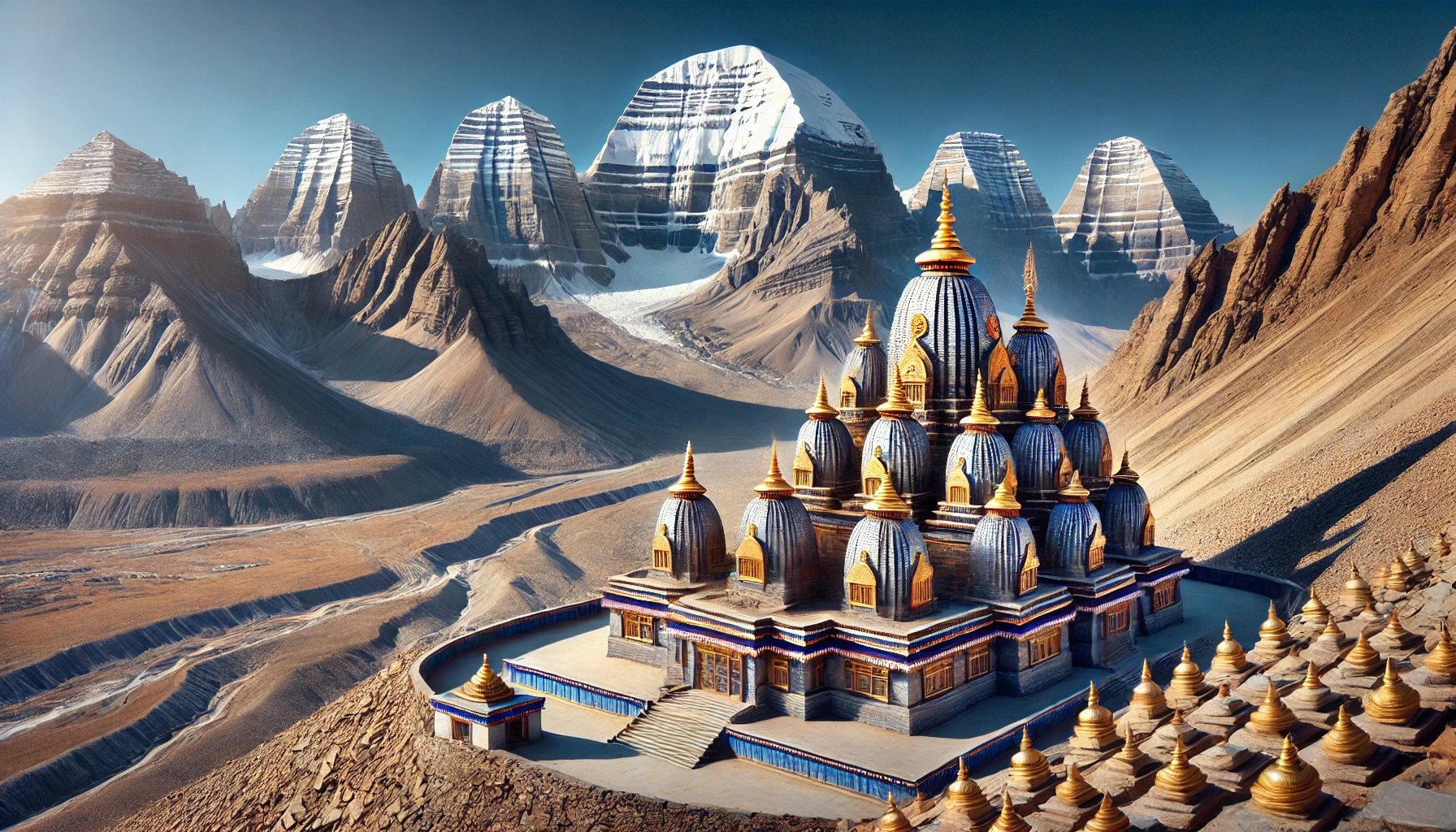
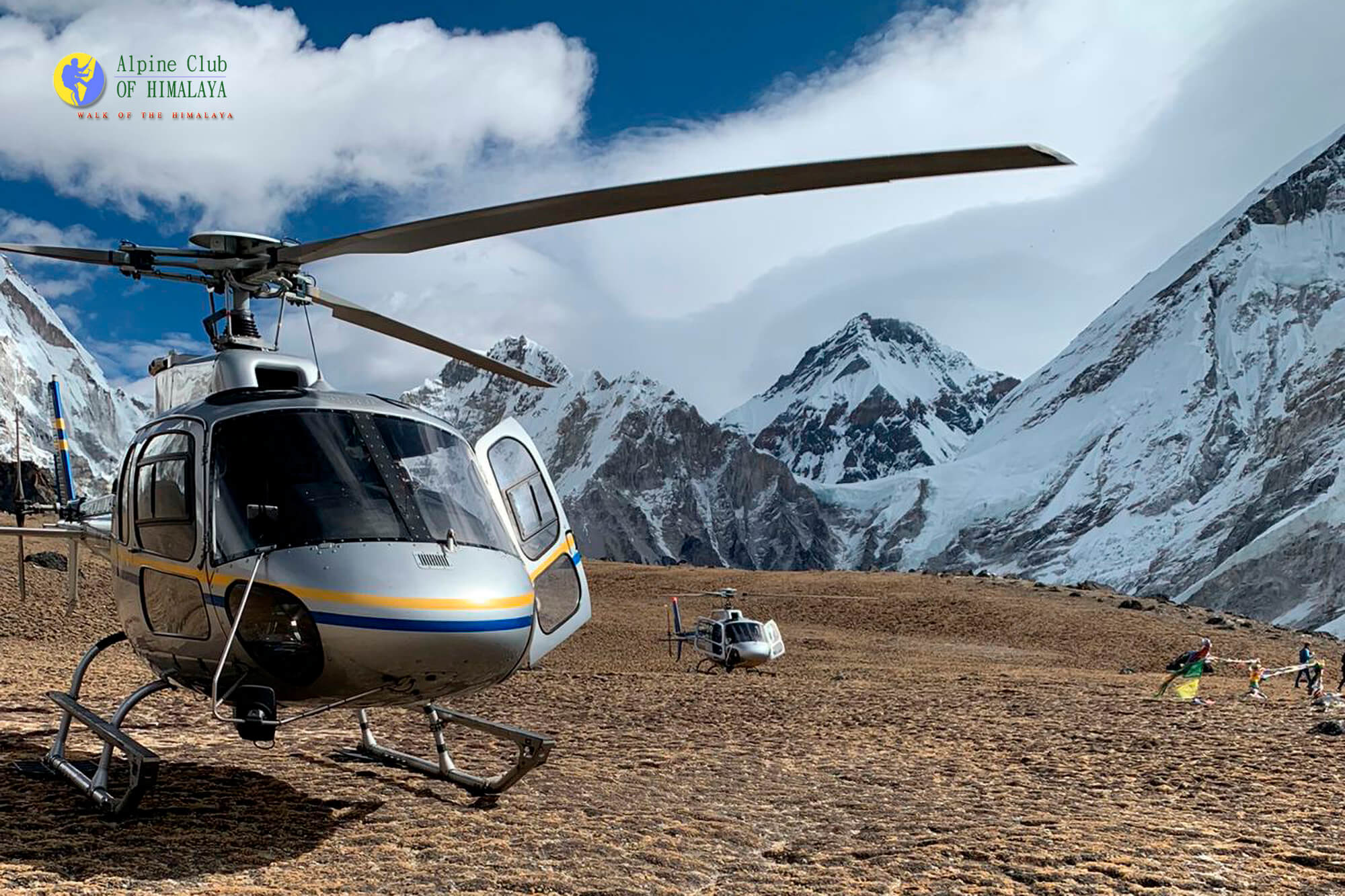
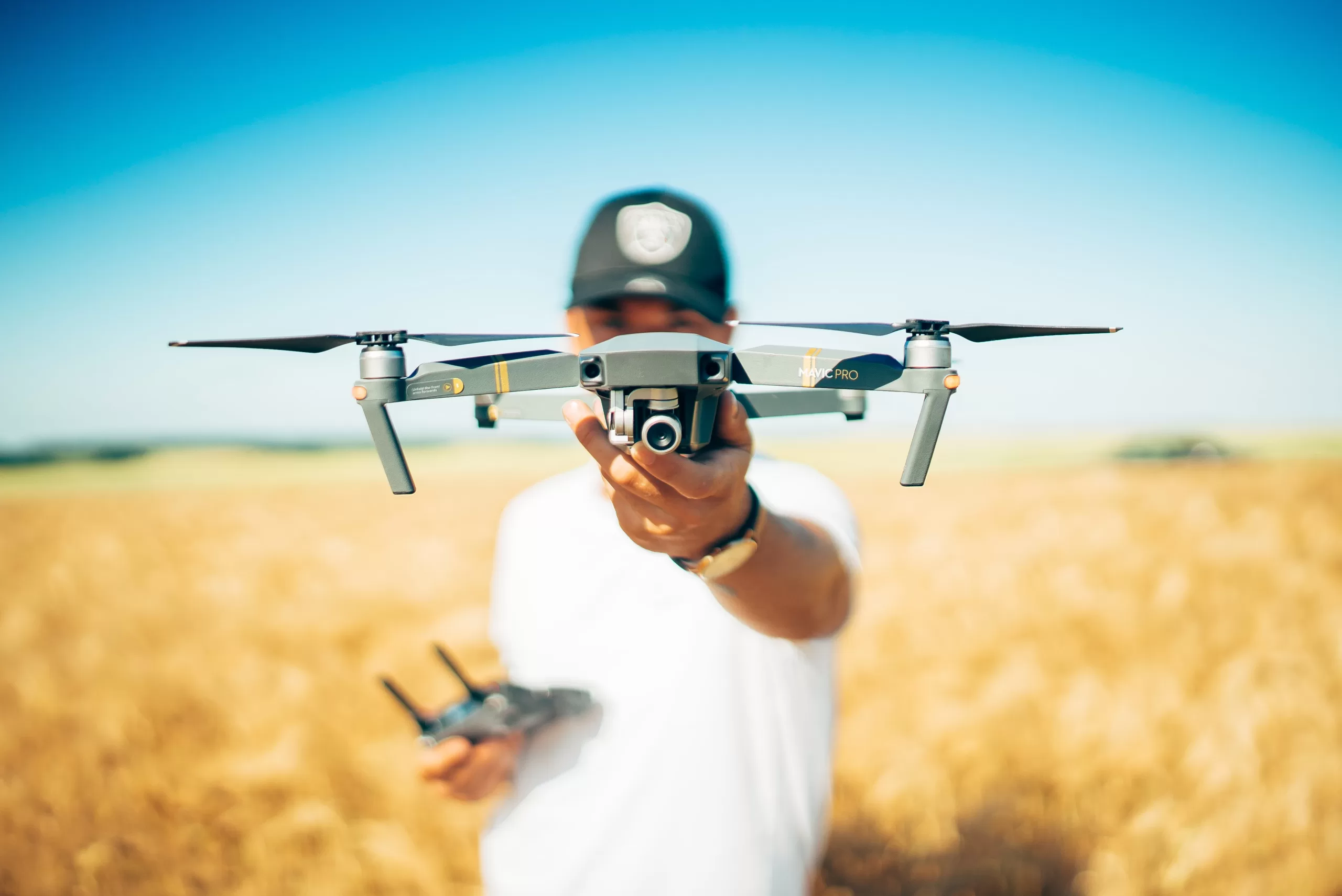

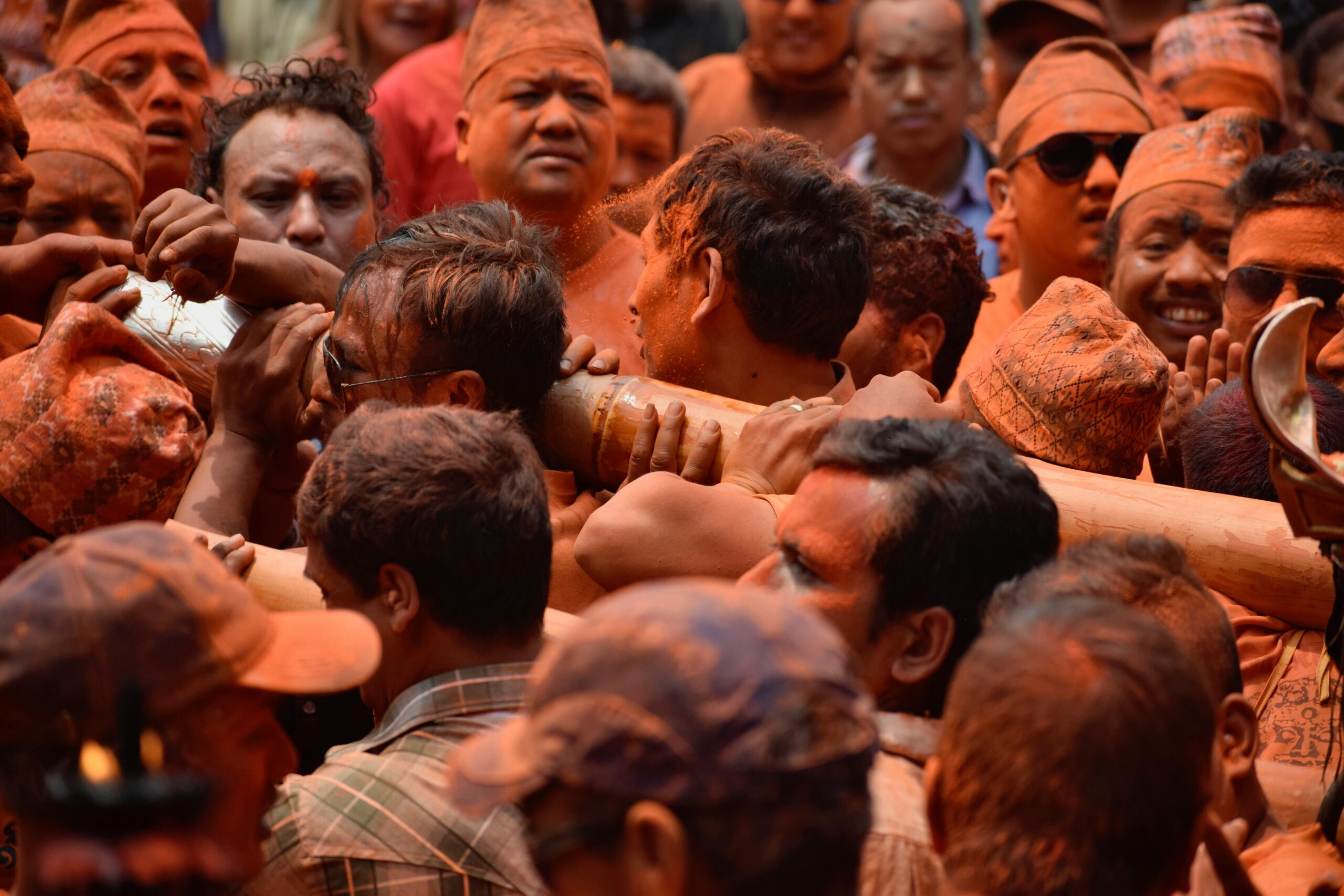
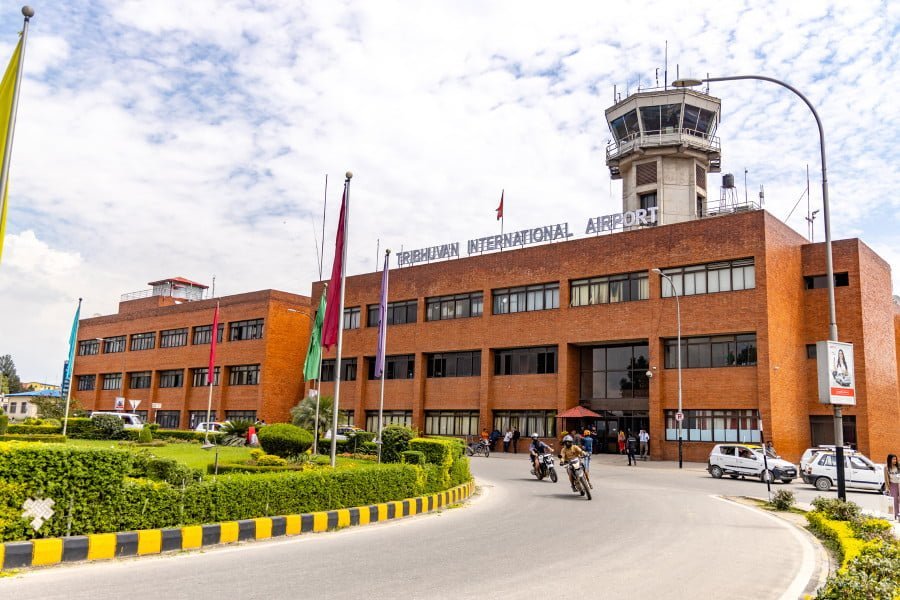



Write a Review